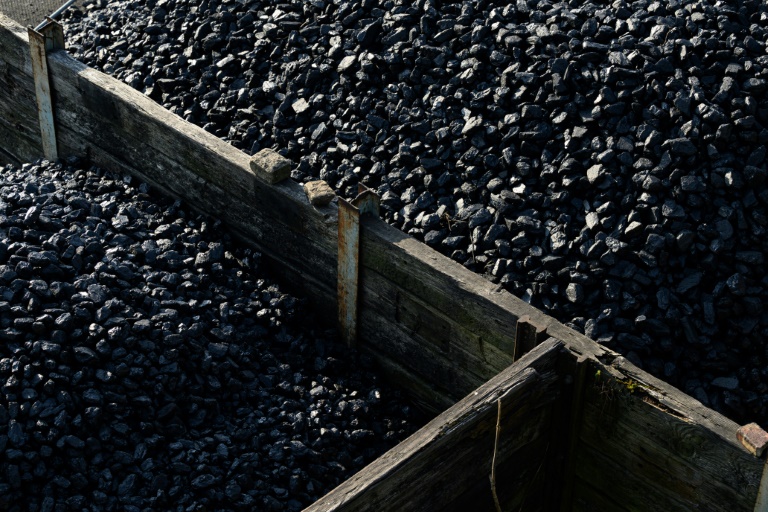
Despite the damage to the climate, the planet still has projects to build or extend coal-fired power plants in 34 different countries, especially in China, denouncing the World Energy Monitor’s annual report published on Tuesday.
In total, the world, which owns more than 2,400 coal-fired power plants in 79 countries – with a total production capacity of about 2,100 GW – plans to increase its electricity production capacity by 457 GW via new coal – has launched power generation projects, the report says. , while he nonetheless welcomed the general trend towards a slowdown in construction, with the exception of last year.
“There are only 170 plants (89 gigawatts) or 5% of the fleet in operation today, which are not affected by the phase-out date or carbon neutrality target,” the think tank report states. It is based in San Francisco, accompanied by eight other international environmental organizations: Sierra Club in the US, Kiko in Japan, Can Europe in Europe, Life in India, BWGED in Bangladesh, as well as Crea, E3G and SFOC.
In 2021, the coal-fired power plant fleet operating worldwide increased by another 18.2 gigawatts, the report said, a recovery linked to Covid. The authors note that China “continued to be the stark exception to the current decline of power plants under development”.
Last year, more than half (56%) of the 45 GW production units commissioned were in China (25.2 GW), 14% in India, and 11% in Indonesia, Vietnam and Cambodia.
On its own, China has almost as many opening projects (total capacity of 25.2 GW) as the rest of the world has closed projects (25.6 GW).
– Uncertainty about Chinese financing abroad –
The report condemns the “resumption of building permits” for coal-fired power plants in China in early 2022, which was enabled by the “rewriting of the country’s energy policy” that followed electricity shortages and rationing in more than half the provinces at the end of 2021.
In the rest of the world, the call made in Glasgow at the United Nations Climate Conference, COP26, by UN Secretary-General Antonio Guterres, to abandon building new coal-fired power plants to curb global warming, “created an impression of momentum”: on the whole, 65 countries have pledged to halt construction, 36 more than in January 2021.
Within the OECD, 86% of countries do not currently have new coal projects in progress. However, six countries continue to officially consider new projects: the United States, Australia, Poland, Mexico, Japan and Turkey, even if many of them do not have a “chance to see the light,” according to the authors.
For example, it is “unlikely” that the project that Donald Trump supported in the United States when he was president will “finish.” The report also argues that the planned 500-megawatt Polish plant in Leczna should not be built “due to the European climate policy”.
In Africa, where the next international climate conference will take place (COP27 to be held in Egypt, editor’s note), 12 countries still have coal-related projects, three fewer than in 2021 (Cote d’Ivoire, Morocco and Djibouti).
The report notes that Chinese President Xi Jinping’s commitment at the United Nations General Assembly in September 2021 to stop funding the construction of coal-fired power plants outside China “makes many African projects obsolete,” with China being the main financial support for the new. plants on this continent.
But the authors are concerned that Beijing will actually implement the signed contracts: “As of today, it is not clear whether China will cut the cord for the 56 planned power plants that its public banks and private companies plan to finance.”

“Hipster-friendly coffee fanatic. Subtly charming bacon advocate. Friend of animals everywhere.”





More Stories
F-16 crashes in Ukraine – pilot dies due to his own error
Namibia plans to kill more than 700 wild animals to feed starving population
Endurance test for EU-Turkey relations and Ankara with Greece and Cyprus